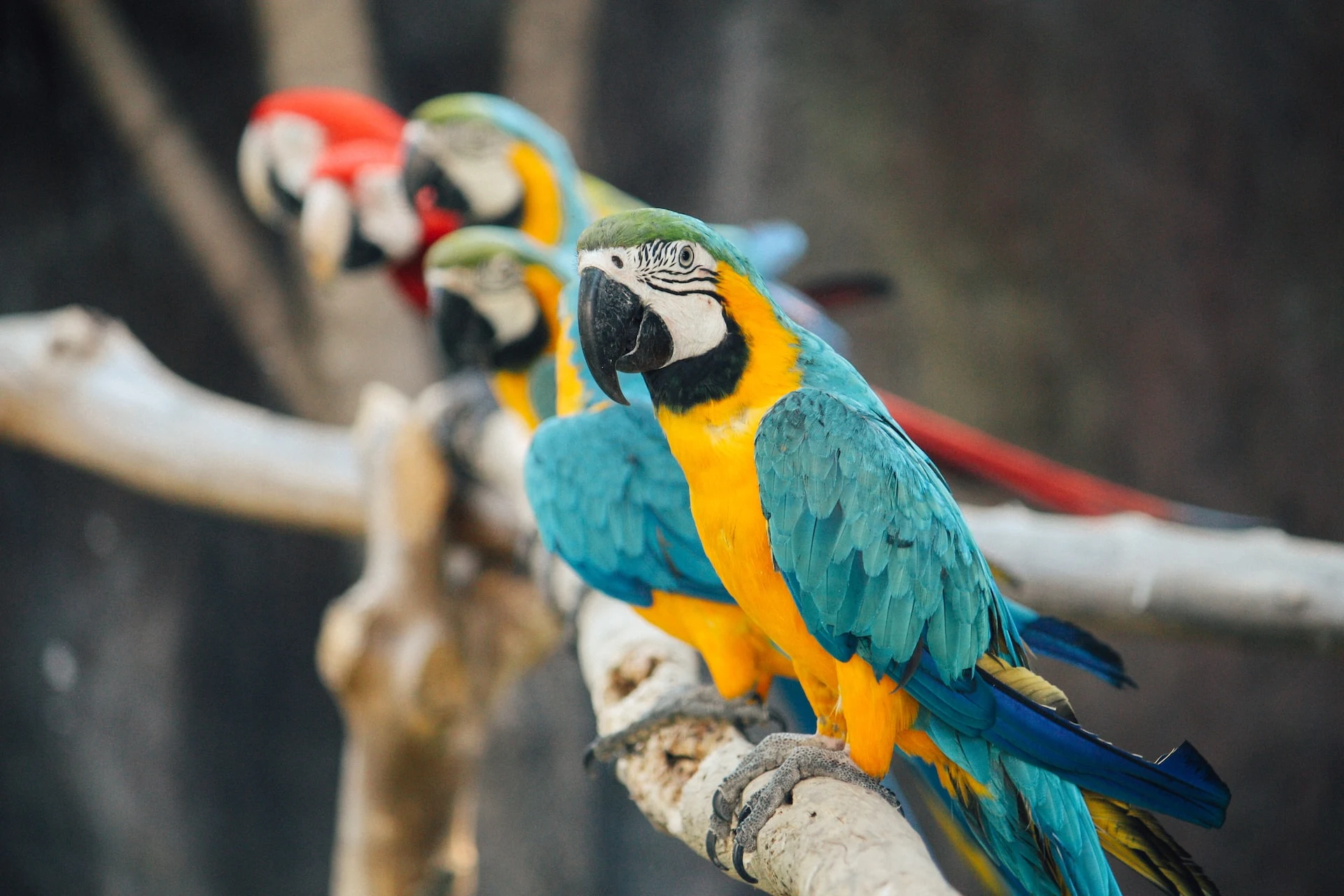
parrots are among the most intelligent and fascinating creatures in the world. They are known for their ability to mimic human speech, but they also have their own unique language and behavior. In this article, we will explore the amazing world of parrots and provide some tips for understanding their language and behavior.
Parrots are social creatures that thrive on interaction with their environment and other animals. They use a wide range of vocalizations to communicate with each other, including squawks, whistles, screams, and songs. These vocalizations can convey a variety of meanings, including greetings, warnings, territorial claims, and expressions of pleasure or frustration.
One of the most remarkable abilities of parrots is their capacity to imitate human speech. While not all parrots can mimic speech, some species, such as African greys and Amazon parrots, are particularly skilled at it. To understand how parrots learn to talk like humans, it is important to know that they are natural mimics. They have a highly developed auditory sense and can reproduce sounds with incredible accuracy.
When parrots learn to talk, they do so by hearing and copying sounds that they hear around them. In the wild, this might include the calls of other birds or the sounds of their environment. In captivity, parrots are often exposed to human speech, which they can learn to imitate. However, it is important to note that parrots do not understand the words they are saying; they are simply repeating sounds that they have learned.
In addition to their vocalizations, parrots have a variety of behavior patterns that can indicate their mood and intentions. For example, a parrot that is fluffing its feathers and lowering its head might be feeling relaxed and content, while a parrot that is holding its feathers tight to its body and staring intently at something might be feeling threatened or agitated.
Parrots can also communicate through body language. They use their wings, beaks, and feet to express themselves and interact with their environment. For example, a parrot that is waving its foot in the air might be trying to get someone’s attention, while a parrot that is holding its wings outstretched might be indicating that it wants to be picked up or held.
Understanding the language and behavior of parrots can be a rewarding and enriching experience for people who own or interact with these amazing creatures. By observing their vocalizations, body language, and behavior patterns, we can gain insight into their thoughts and emotions, and develop deeper relationships with them. Whether you are a parrot owner, a bird enthusiast, or simply curious about the world around you, learning about these fascinating animals can be a great way to expand your knowledge and appreciation of the natural world.
Comments
Post a Comment